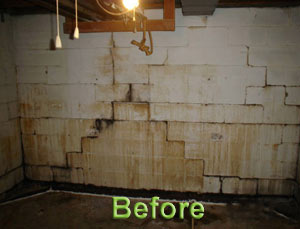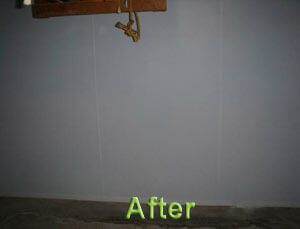Waterproofing
A home is most people’s largest investment; you deserve the best waterproofing solution for your residential home or commercial property. Talk to our leak proofing professional about installing new weeping tiles around the foundation for your basement drainage problems.
Most problems in basements are caused by water.
The first defense in drying a wet basement is to find where the water is entering the basement. Is it condensation or is it water flowing in from outside of the building, or it may be coming through a crack in the walls or the floor slab? Is a high water table trying to move your basement out of the ground? As you look at each of the possibilities, as described , keep in mind that the problem could be the result of a combination of these.
Typically basements have a poured concrete slab as the as the basement floor. The slab will sometime crack and separate. There are several reasons for this, but thank the heavens many can be avoided with proper planning and preparation.
Settling
The cracking is often the result of the concrete slab settling. This occurs as the weight of the slab causes the ground beneath it to be more compressed. If one section of the basement floor settles farther or faster than another, the result will often be a crack in the concrete floor.
Thickness
The required thickness should be at least 4 inches…and the use of wire or re-bar is recommended or cracking of the basement floor will happen.
Heavy items sitting basement floor.
Depending on how you use your basement, the furniture may be able to start causing cracking issues in the long term. If you install a new hot tub, a heavy pool table or other heavy items, the weight distribution can cause basement floor cracks. This happens if the floor was not properly poured or not the right thickness.
Expansion from freezing and thawing.
When the ground soil below the floor freezes it expands and then contracts again as it thaws. When this is repeated over many years, the expanding and contracting below will shift the concrete slab. This will place pressure on the concrete slab. then when the pressure gets too great,the poured concrete will crack and often split. This process will be more hurried in areas with shifts in the temperature.
How to prevent this from happening.
If you make sure the ground soil below the pored slab is well compressed and by installing a French drain to the water away from the concrete, you can avoid many of these cracking problems i have written here in this article. The precautions, along with a slab of properdept and reinforcing material, should allow you to have minimal cracking issues.
If you have any questions just give us a call or schedule to meat for a free estimate.
Schedule an estimate














